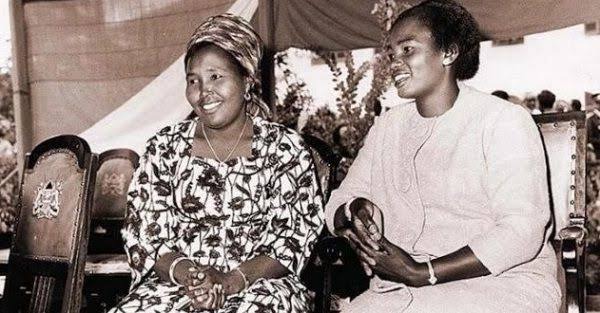Daniel Toroitich arap Moi was born on September 2, 1924 in a small village of Kurieng’wo in Sacho Location of Baringo District.
He was named after his father Kimoi arap Chebii a Sot clan herdsman whose ancestors had migrated from the slopes of Mt. Kenya. They settled in the Tugen Hills to avoid intermittent skirmishes with the Maasai in the 19th Century.
Daniel Toroitich arap Moi was the fifth child of Kabon, Chebii’s senior wife. Moi was named Toroitich which means ‘welcome home the cattle’ espousing how central cattle were in their existence.
At the age of four, Moi’s father died and his elder brother Tuitoek played a guardian role. It was Tuitoek who influenced him to go to school at an early age as a way of running away from poverty and injustices that characterised colonial rule.Daniel Arap Moi had eight children, among them a set of twins.One of his children grew up to be a military officer, another thrilled Kenyans with his rallying skills, while yet another dominated headlines over a dramatic divorce and maintenance case.
The family has also produced politicians but not as charismatic and larger than life as their father.
Helena Bomett, widely known as Lena Moi, was born in 1926. She was a student at the AIM school in Eldama Ravine and later joined Tenwek Girls’ Boarding school in Kericho. At one time, she became the face of educated converts, together with her brother William Bomett. She returned to be a primary school teacher and would visit the local churches together with Moi.
This is a result of the exposure in the US with some Christian families. She was famous for being an iron lady with a great sense of humor, as stated in Paul Chemirchir in Moi’s biography. According to a story published in the Daily Nation, she was the first lady Kenya never had.
Lena was the daughter of the late Paul Bomett family. Moi came to later marry her after a long close interaction of Moi and the whole family of the Bometts. It was during this period that Moi and Lena started dating. Moi also got a lot of respect from the whole family of the Bomett for being a tall, handsome and well-mannered orphan.
Mzee Moi married Lena in 1950. Their marriage was okay, with the latter ditching her career to focus on family in Tambach where Moi was working back then.
While in Tambach, they were blessed with two kids; Jennifer and Jonathan Kipkemboi. In the late 60s and early 70s, Moi became Kenya’s Deputy President, meaning that Lena and the family had been thrashed into the limelight.
It is at this point that their marriage started heading South. While serving as Deputy President, the late Mzee Moi was reportedly handed lots of engagements that reduced the time he spent with his family.
In 1974, the marriage came to an end with media reports claiming that it was due to a dance event held at Rift Valley Technical College, which was attended by among others late President Mzee Jomo Kenyatta.
For the 24 years that Moi reigned as President– albeit with an iron fist – his ex-wife Lena Tungo was hardly seen in public.Even when Moi’s children were doing church weddings, Lena was kept away and watched the ceremony on Kenya Broadcasting Corporation television like a stranger.
Lena’s departure from the social and political scene in mid-1974, after the collapse of her marriage, surprised many people. In 1979, months after Moi was sworn in as President following the death of Jomo Kenyatta in August 1978, Lena was officially taken through the motions of divorce, and she faded away into oblivion.
Unfortunately, their marriage came to an end due to a dance event that led to irreconcilable differences. Despite the heartbreak and pain, Moi and Lena’s story serves as a reminder of the importance of holding on to one’s beliefs and values, even when faced with opposition.
Their unwavering strength and resilience in the face of adversity left a lasting impact on Kenya’s political and social landscape. Their marriage and eventual divorce opened up conversations about cultural practices and gender roles, challenging the status quo and paving the way for change.
After their divorce, Lena struggled to make ends meet, living a life of poverty in her Kabimoi village. She was a simple rural woman who relied on public transport to get around. Her bedroom had to be shifted to the sitting room due to a leaking roof, a stark reminder of the struggles she faced in her later years.
By Kenyans

